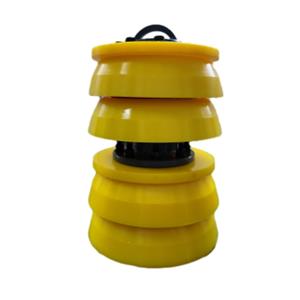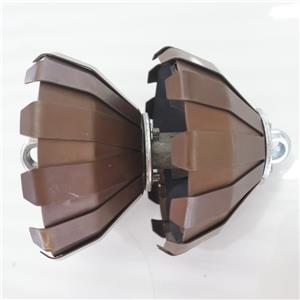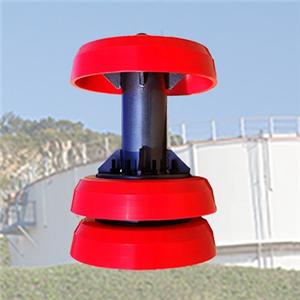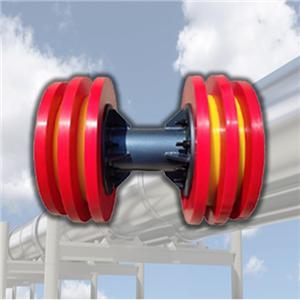Common pipeline corrosion types!
Common pipeline corrosion types
Pipeline damage
Pipeline damage is usually the first indication of corrosion problems. However, in many cases. Such signs of pipeline damage will obviously exist for months or years. It’s just that people have been ignoring it.
This damage may be minor (in the form of pinhole leakage). It can also be catastrophic. Because whether the water quality is damaged or the pipeline is replaced, it will bring significant economic losses.
Pipeline maintenance
There are various forms of pipeline maintenance. It includes the use of temporary fixtures, to replace the entire piping system. In many cases, failure to face up to corrosion problems can lead to serious results. This is to face multiple failures or continuous maintenance. And it will waste a lot of valuable time. Therefore, we should face the problem correctly from the beginning. This will minimize corrosion damage.
The single failure or multiple failure of a part is often due to the failure to thoroughly identify the hidden causes. Because absolute trust will make us relaxed. But this is also a dereliction of duty. Corrosion rate data provided by corrosion coupon. They are often diametrically opposed to those obvious physical indicators. Such as pipe thread leakage and high rust deposition. High corrosion conditions continue unabated, resulting in more repair problems.
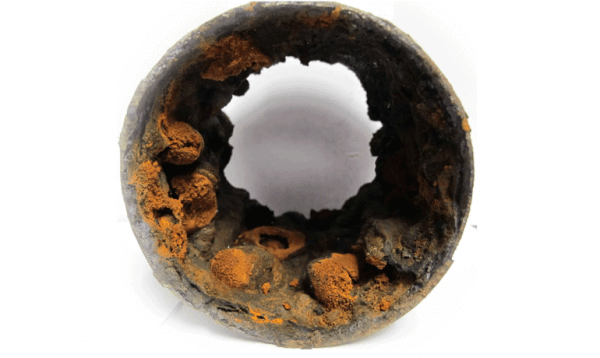
Pipe thread leakage
The thread o50% of the pipe wall will be cut off. Usually, leakage at pipe threads is the first sign of corrosion problems. So this will prompt us to conduct further investigation. If we ignore it and do not take any measures to solve it. Then catastrophic water related losses will occur at all pipe intervals
For the person in charge of a building or factory, the inherent conditions of large pipeline trunk lines are the most worrying. Because they are all threaded pipes. This usually causes the greatest damage. Even if the pipe wall is thick enough, greater damage can be prevented. However, high pitting conditions will still lead to the failure of any area of the thread. Although in this case, the water may still be able to continue to pass.
Corrosion problems such as small leakage at the pipe thread, dissolution of iron oxide and accumulation of other deposits will initially be reflected on the outer surface of the pipe. However, in fact, this is a problem of internal corrosion.
The situation is more dangerous for those threads where the pipe wall is uneven and under high corrosion conditions. This is because the uniformity of the pipe wall is reduced. Therefore, it cannot provide an indication of leakage problems. All forms of pipe thread leakage. There is a potential risk of thread failure.
Electrically induced failure
Electrochemical corrosion may occur as long as different metals are connected together. Its corrosion degree greatly depends on the corrosion conditions and the pipeline system.
For example, this corrosion is more common in open condensate and production water systems than in chilled water or fire protection system water. This corrosion often occurs between carbon steel pipes and copper valves. The connection between galvanized carbon steel pipe and copper valve is particularly serious. The blue-green deposits at the valve and the places where there is no leakage between the reverse steel pipe and the steel pipe provide the conditions for current connection. This is a very high incidence and the most common corrosion behavior. This may lead to large-scale failure and separation of the main pipeline.
In many cases, thread leakage between carbon steel pipe and brass valve or copper pipe is naturally considered to be caused by electrical activity. But in fact, it is caused by a larger and more threatening high corrosion problem. In this case, if the steel pipe is simply replaced with a dielectric insulation fitting, it will be an expensive “misoperation”. It will lead to long-term, sustained high corrosion behavior and eventually the failure of the whole system.

